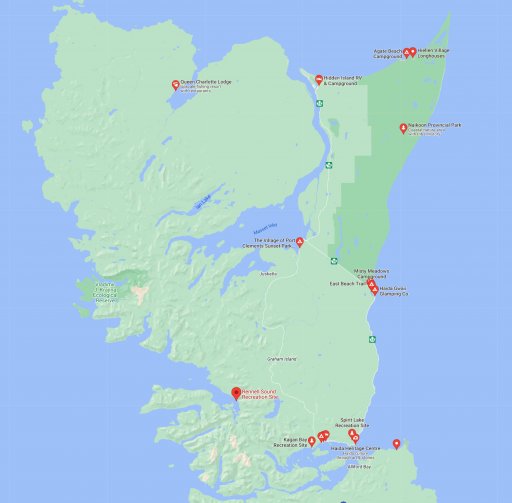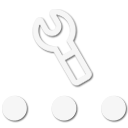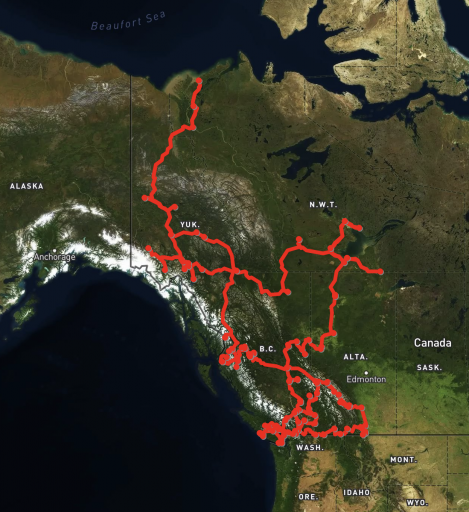I’m watching this thread as we will be along with two other vehicles, leaving Pennsylvania July 1st. That is great advice- 2 spares? Hmmm, I’m gonna think on that a bit. What do you think of one mounted and the other a carcass?
Not necessary:
On this type of trip our experience is four "big trips" and lots of shorter trips (anything from a weekend to a few weeks - Botswana, RSA, Zimbabwe, North Africa, Central Africa, North, Central, and South America, Asia, Europe). On the shorter trips we've had one puncture in the last three decades (deep Sahara on very sharp "heat-treated" shards of rock), and have never taken or needed a second spare.
On our 11 months around South America we had 5 punctures - two were sharp rocks on an unsurfaced "road" in Bolivia (the second 13 Km after the first - we repaired the first, the second tyre was destroyed), the others were due to sharp metal debris on the highways. The main highways are often littered with nails, bolts, and other debris.We took only one spare, and the only time we ended up having to travel with none (the second puncture in Bolivia) we had to travel a couple of hundred Km on the same "road" - I agree that this was a bit worrying, however had we experienced another unrepairable puncture we'd still have been able to deal with it by hitching a ride to the nearest town etc., Although there was very little traffic (a vehicle every 50 Km or so) we could have sorted it out in a couple of days. We had no further punctures prior to replacing the spare.
On our last "big trip" in Africa we had zero punctures in 45,000 Km (Nairobi to Cape Town and back, with a lot of travel in remote areas). We carried two spares and needed none at all. We did have trouble with punctures in a vehicle we rented in Uganda for a week when we were having our own vehicle serviced - the tyres were in poor shape, however on our own vehicle, with good tyres, we had no punctures at all.
On our "big trip" around Australia (including GRR, Simpson, a lot of gravel and sand) we had one puncture in 45,000 Km, on a rough gravel road. We carried a second spare for part of the trip (WA government advice for the GRR) and never needed it.
On our 5 months in Canada in 2022 (24,000 km) we took one spare and didn't need it. We did have two flat tyres, on the Dempster (in the section “repaired” with razor-sharp shale fragments) however repaired both flat tyres and didn't need the spare at all.
So, our view now is that carrying a second spare uses up space, adds more weight and lifts the CoG (or puts the weight at the rear of the vehicle adding to polar moment of inertia and leverage on the rear suspension), and is really unnecessary. We've never actually had to use a second spare in the last 50 + years. On a risk-weighted basis the chances of two punctures both of which destroy a tyre are so low as to be negligible.
As long as your tyres are appropriate and in good condition, you carry a repair kit (and know how to use it) and a compressor, I believe you'll be fine with one spare.













